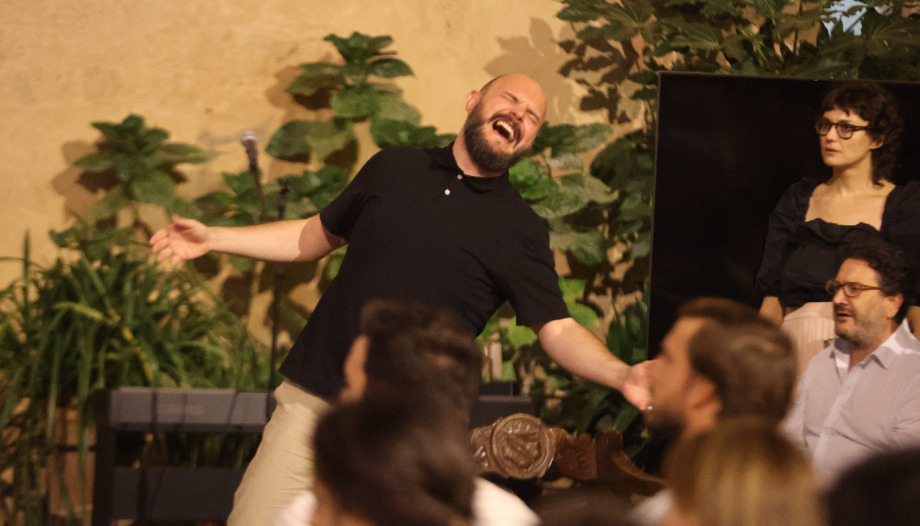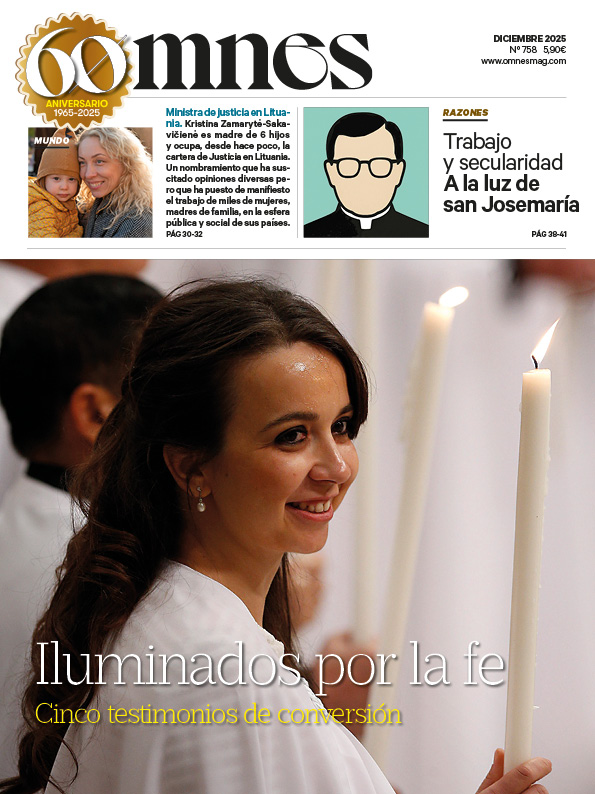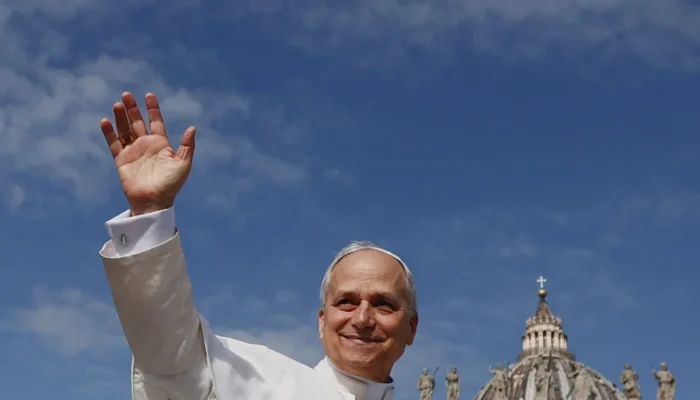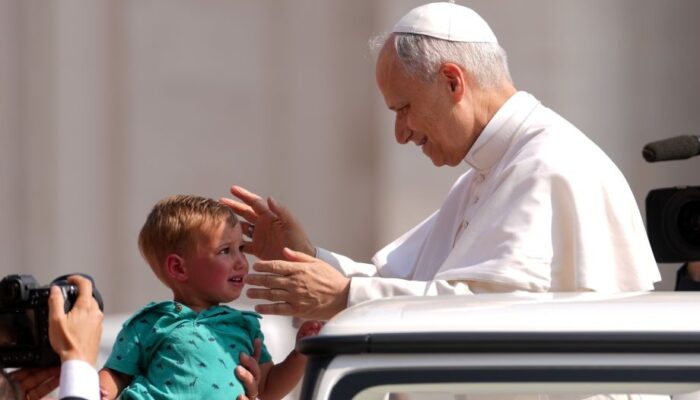For six intense days, participants and teachers lived together in an environment of silence, dialogue and contemplative reflection. Under the motto "O flame of living love," the initiative focused on fire as a symbol of the Holy Spirit and the ultimate goal of spiritual, philosophical and aesthetic research.
Ten practical workshops were offered in painting, music, poetry, theater, sculpture, photography, curatorship and printmaking. Each one integrated technique and contemplation: for example, Rosell Meseguer recovered cyanotype and analog photography techniques; Raúl Marcos and El Primo de Saint Tropez carried out performances inspired by the mystical paths of St. John of the Cross; and Ignacio Yepes tackled the Cantigas of Alfonso X, raising questions about faith through music.
The event featured key moments such as a master class by painter Antonio López on the connection between fire, art, truth and goodness, and the long-awaited dialogue between Archbishop Luis Argüello and the performer Niño de Elche on transcendence, faith and aesthetics, also open to the heterodox and spiritually searching public.
Christian inspiration: the search for truth, goodness and beauty
The Observatory starts from a firmly Christian base, advocating that artistic creation is a vehicle for making the invisible visible, responding to the human mystery and cultivating beauty. Javier Viver, director of the project, summarized the approach: "Traditionally art... allows us to see all that is invisible, to give answers to the great unknowns of the human being.". For artists such as Miguel Coronado and José Castiella, faith becomes a productive force: "my art connects with the transcendent through Beauty." or as part of the process of returning to the divine from the everyday.
The Observatory culminated with a public concert of the Cantigas de Alfonso X interpreted by the workshop of Ignacio Yepes, followed by a solemn mass in the Basilica of the Monastery presided over by the auxiliary bishop of Madrid, Vicente Martín. The evening artistic evenings concluded in an atmosphere of gratitude and recollection.
The Observatory of the Invisible 2025 has been an artistic experience of spiritual depth, consolidating the founding philosophy of the meeting: art as a sacred language, beauty as a bridge to the transcendent, and fire as a metaphor of the creative spirit. Beyond the performative act, the participants, believers and non-believers, approached profound questions: What is the invisible, how is beauty articulated with truth and goodness? High values that art, when made conscious, can help us to contemplate and inhabit.

